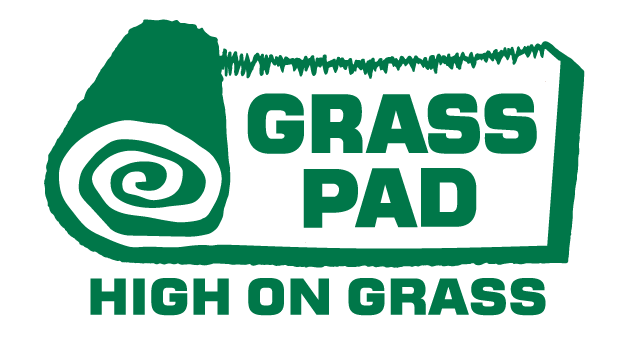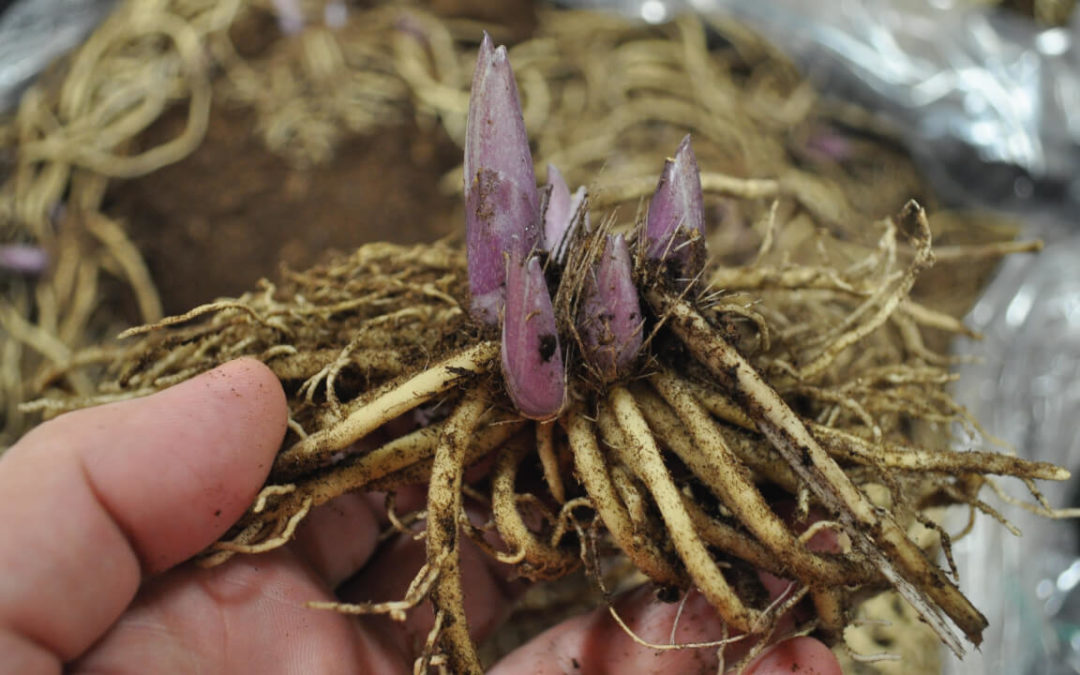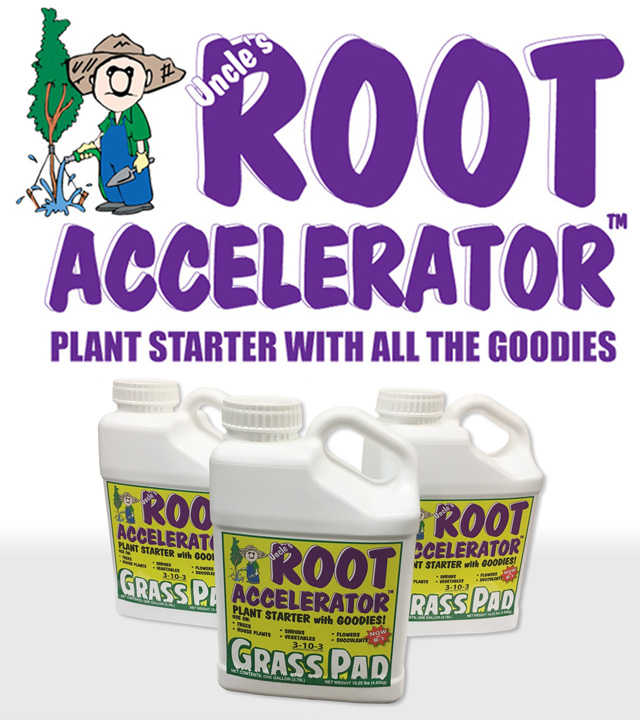Bare Root Plant Stock
Landscape plants of all kinds, including flowering shrubs, English garden Hosta, bleeding heart, lily of the valley, and dozens more start out their lives in the nursery as bare root plant stock. These unattractive plants, roots, and bulbs are then potted and grown until they become the beautiful full-grown plants sold in landscape nurseries and garden centers. Like the ugly duckling at birth, they transform into a white swan.
Save Money Planting Bare Root
Planting this nursery root-stock now can save fifty to eighty per-cent over mature plants purchased later in May. Likewise, plant material purchased locally is more substantial and of a higher grade than dried out catalog starters obtained by the internet. If you find a picture you like in an online garden catalog, save it to your phone and bring it to the Grass Pad. We probably have it and can tell you if it will do well in your area.
Spring Flowering Bulbs and Tubers
Lily of the valley, bleeding hearts, and astilbe all do well in mixed shade and start from the root stock. Tropical caladiums bulbs and elephant ears also prefer a sheltered spot and will multiply in warm moist soil. The beautiful Belladonna or Naked Lady may be purchased now as a bulb at significant cost savings. A rainbow of flowering plants: daylilies, gladiolas, and dahlias may be planted now and will bloom this year.
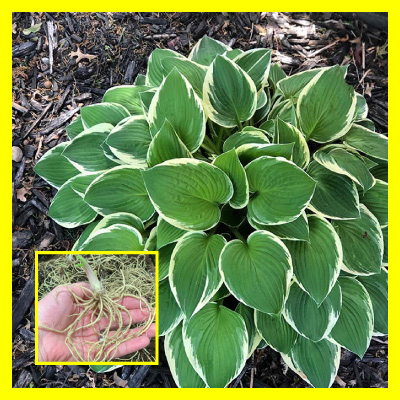
Bare Root Hosta
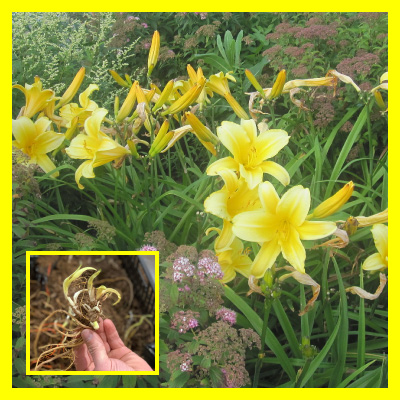
Bare Root Daylily
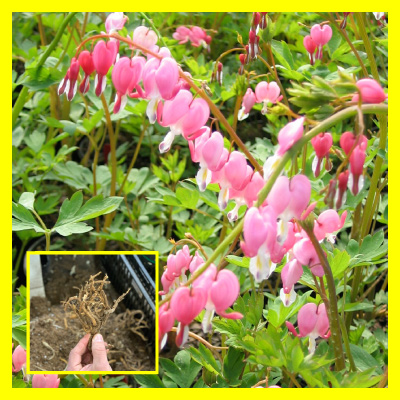
Bare Root Dicentra
Idiot Proof Bare Root Hosta
English garden hosta lilies are as close to “Idiot Proof” as a plant can get. These tufted leafy plants are grown for both their distinctive foliage and seasonal flowers. Their foliage will vary from deep green to bright yellow, as well as dozens of various combinations in between and vary between 2 inches to 4 feet tall . Their leaves may be large, small, radial, or oval.
For our climate, Hostas grow best in the shade, although some cultivars will tolerate partial sun, such as the yellow-foliaged varieties. All hostas bloom in the summer with spikes of lavender-to-white, lily-like flowers which can be quite showy. Hostas prefer well-drained soils and once established are drought tolerant, but prefer regular moisture for best appearance and size.
How to Plant Bare Root Hostas
Before planting the hostas, place the roots in water which has been spiked with Uncle’s Root Accelerator. The bare roots should soak for 30 minutes in the solution. This will make the roots more pliable and give an added boost to growth. When making a new hosta bed, cultivate to a depth of 10 inches. Apply six inches of organic matter like Max Mix or Sphagnum Peat Moss and till the ammendments into the bed. Dig the planting hole and form a small cone in the bottom of the hole and spread the roots over it. Make sure the crown is at soil level (do not bury the crown) and add the amended soil. Water the plants well after planting.
Idiot Proof Planting Kit
An “Idiot Proof,” bare root planting kit, includes Max Mix Grass Pad’s professional landscape mix or sphagnum peat. These should be worked into the soil to a depth of six to eight inches. Follow this with Uncle’s Root Accelerator once at planting and again at thirty-day intervals. Also, organic Zoom, poultry manure compost, is an excellent nutrient source for new annuals and established perennials.
At midsummer, potted nursery plants will cost as much as twenty dollars. The Grass Pad has a terrific selection of bare root plants that can be quickly established and represent a real value.
See Related: What is Uncle’s Root Accelerator?
